Have you ever seen a Monarch butterfly as it migrates south for the winter? The sight of these magnificent orange and black insects floating in the breeze seems almost like a dream. In my opinion, this is one of the most amazing sights you can see. Now is the time to go if you are anywhere near the central coast of California and want to see a fascinating sight.
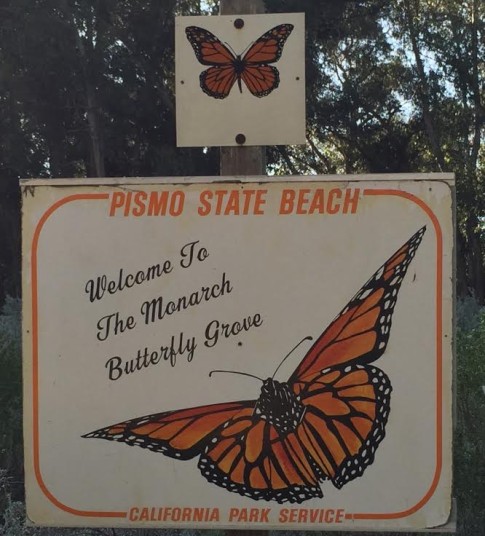
The last time I visited the Monarch Butterfly Grove in Pismo Beach, I carried Roxanne on my back. We took along a crew of kids who chased butterflies and rolled in the sand dunes. This time it was just Roxanne, Easton the Labrador, and me venturing out to see the butterflies.

The weather was glorious and as we stepped into the groves of Eucalyptus, Roxanne stopped and just said, “Wow!” Monarchs danced in the air and hung in big clusters from the eucalyptus and pine tree branches.
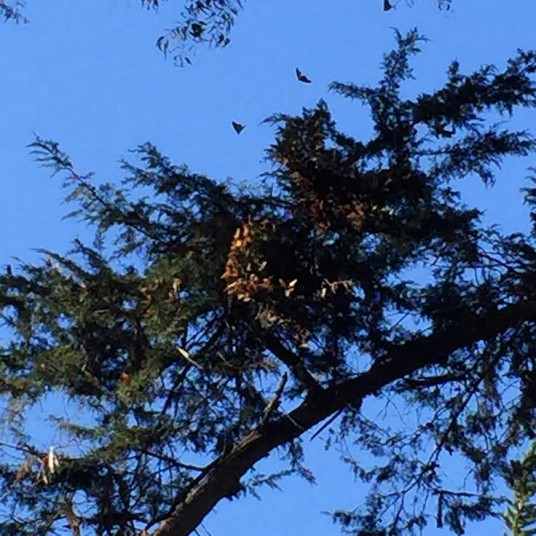
We were so busy looking up at fluttering butterflies that we almost stepped on butterflies that were on the ground.
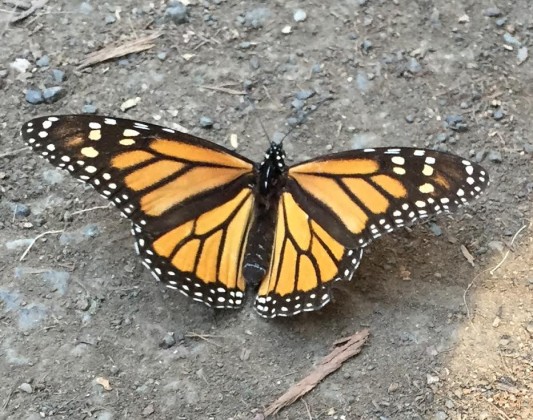
This little girl was warning everyone to watch out below!

Here are some monarch butterfly facts:
- Monarchs live all over North America. Those living east of the Rockies migrate over 3,000 miles to Mexico. Those on the west migrate to the coast of California. In addition to the grove in Pismo, you can see monarchs in Santa Cruz, Pacific Grove as well as a number of other coastal places.
- Monarchs lay their eggs on milkweed plants. Monarch caterpillars eat only milkweed leaves. Monarchs are poisonous to predators because there are toxins in the milkweed that remains in their systems. Adult monarchs eat nectar from flowers.
- Monarchs flap their wings from 300 to 720 times a minute.
I noticed some differences from our last visit. There are docents there now explaining the life cycle of the butterflies.
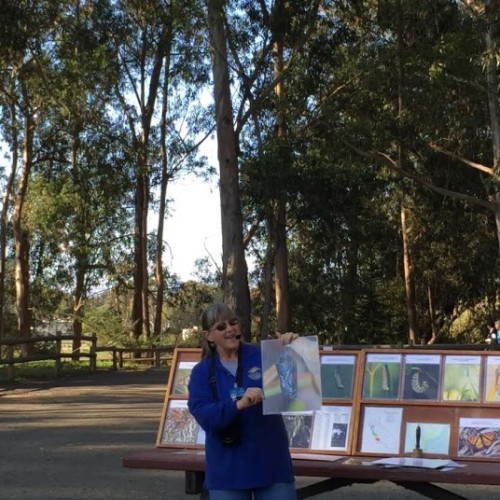
Signs have been posted explaining butterfly watching etiquette.
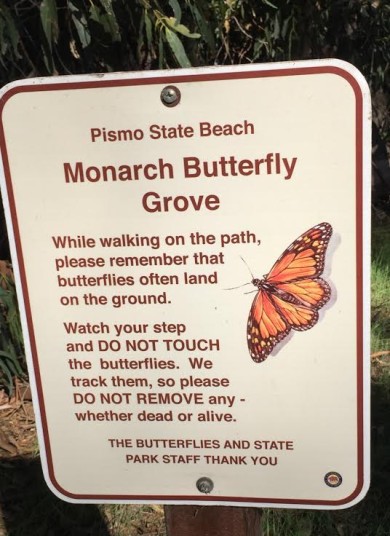
A beautiful boardwalk has been built to allow people to walk but not destroy the dunes.

Sadly, there were fewer butterflies than in the past. We used to sit on our deck in Cayucos and watch butterflies flutter by on their route to Pismo. This year, I only saw one making the journey. The numbers have fallen drastically. In 1995, there were 150,000 butterflies counted in the grove. Last year’s count was 34,000. The numbers are declining due to loss of habitat and the elimination of milkweed.
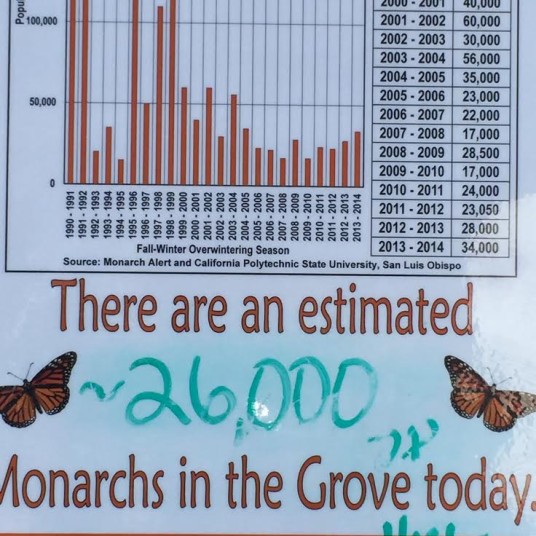
Monarch Watch is a great organization dedicated to researching monarch butterflies and working to create, conserve, and protect monarch habitats. Visit their web site to learn how to become involved. I know that the first thing I’m going to do is plant a milkweed garden. I never want to see the last of these beautiful butterflies.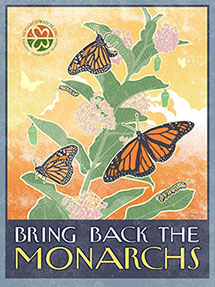
The Pismo Beach Monarch Butterfly Grove site has more information about the monarch butterflies and sponsors events. They also have a resource page with activities, coloring pages, gardening tips, and lesson plans.
Here’s some good news:
Government to spend 32 million to help the monarch butterfly
There are many butterfly books but these are three favorites I like to share with young students:
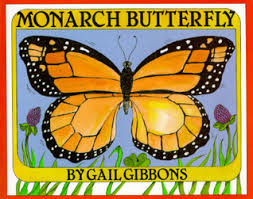
Monarch Butterfly by Gail Gibbons (author and illustrator) follows the life cycle of an individual monarch butterfly. The illustrations are beautifully drawn. The facts are well organized and convey the wonder of these butterflies and their amazing migration. Instructions on how to raise a monarch butterfly are included as well as maps showing the migration paths of the monarch butterflies.You can’t go wrong with a book written by Gail Gibbons.
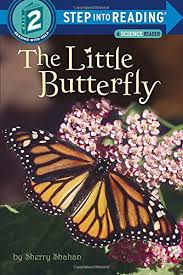
The Little Butterfly by Sherry Shahan is a science book written for young readers. The book also follows an individual butterfly from its beginning as an egg, to emergence as a caterpillar then a chrysalis and finally a monarch butterfly. The text is is lively and introduces scientific terms in a fun way. The book is illustrated with photographs. Unfortunately, the book does not include information about the migration of the monarch butterflies.
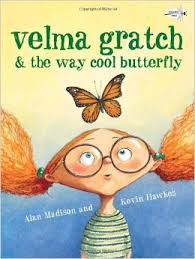
Velma Gratch and the Way Cool Butterfly by Alan Madison (author) and Kevin Hawkes (illustrator) introduces us to Velma Gratch, a first grader with two older sisters that all the teachers remember fondly. Unfortunately, Velma doesn’t seem to have any special talents and she only hears how special her sisters are. When Velma’s class visits the Butterfly Conservatory, a monarch takes a liking to her and will not leave her finger for days. The books contains all sorts of information about butterflies and we end up cheering for Velma who is very special in her own way.
Oh this is lovely! I never went to this butterfly grove but I’m familiar with Pacific Grove where I took my children several times. Your photos are beautiful and I will look for Velma;s book, which sounds great.
i LOVE butterflies! This reminds me of a Barbara Kingsolver book I read last year: Flight Behavior?
I haven’t read Flight Behavior – now I’m curious and will check it out.
I just read another article about how the monarch numbers are decreasing and there is new governmaent grant to restore their habitat. Let’s all plant milkweed!